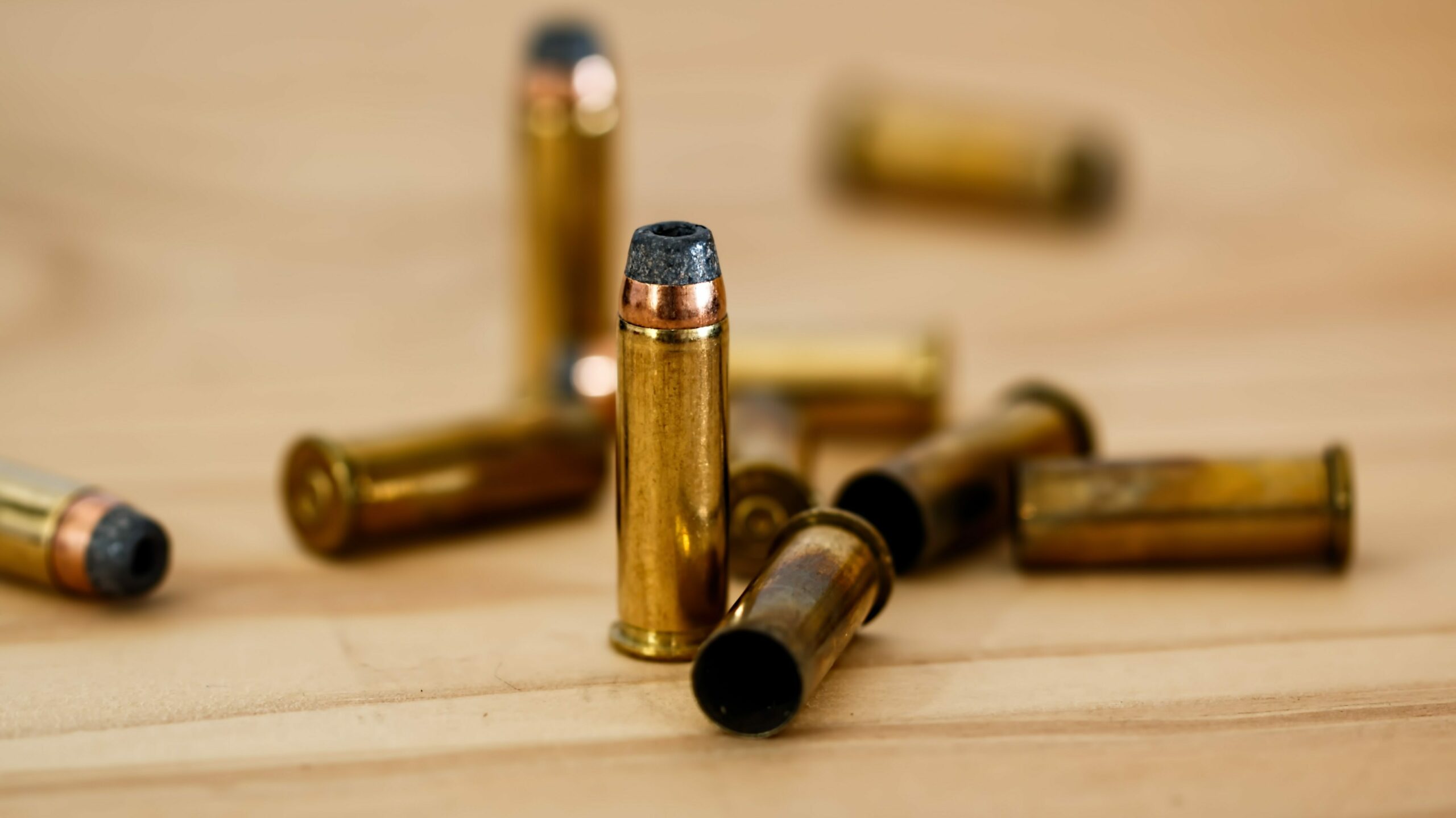Bullets, also known as projectiles, are typically tracked or traced in forensic investigations, law enforcement, and military contexts for various purposes, including criminal investigations, ballistics analysis, and firearm identification. Tracking bullets involves the use of specialized techniques, tools, and technologies to gather evidence and determine the origin, trajectory, and characteristics of a bullet. In this article, we will explore some of the common methods used for tracking bullets.

- Ballistic Imaging: Ballistic imaging is a method that involves the capture and analysis of images or impressions left on a bullet by the firearm that fired it. Firearms have unique markings, such as rifling, which are the spiral grooves inside the barrel of a firearm that impart spin to the bullet as it is fired. These markings can be transferred onto the bullet, creating unique characteristics that can be used for identification purposes. Ballistic imaging techniques may involve using high-resolution photography, microscopes, or specialized imaging equipment to capture and analyze these markings on a recovered bullet.
- Bullet Matching: Bullet matching, also known as comparative bullet lead analysis (CBLA), is a method that involves analyzing the composition of the bullet itself to determine if it matches the composition of bullets from a specific firearm or batch of ammunition. This method involves analyzing the elemental composition of the bullet, typically using techniques such as X-ray fluorescence (XRF) or other spectroscopic methods. By comparing the elemental composition of the recovered bullet with known samples from a firearm or ammunition, forensic experts can determine if there is a match, which may help in identifying the firearm or ammunition used in a crime.
- Trajectory Analysis: Trajectory analysis is the study of the path or flight of a bullet from the muzzle of the firearm to the point of impact. By analyzing the trajectory of a bullet, forensic experts can determine the direction, angle, and distance from which the bullet was fired. This can be done using various methods, such as measuring the impact points on the target or other objects, calculating the bullet’s speed and energy, and using mathematical modeling or simulation techniques. Trajectory analysis can provide valuable information about the location of the shooter, the position of the victim or target, and other critical details that can help in reconstructing the events of a shooting incident.
- Gunshot Residue Analysis: Gunshot residue (GSR) analysis involves the collection and analysis of particles that are produced when a firearm is discharged. These particles can be deposited on the hands, clothing, and other surfaces in the vicinity of the shooter and can provide important information about the type of firearm used, the distance from which the shot was fired, and other details. GSR analysis typically involves using techniques such as scanning electron microscopy (SEM), energy-dispersive X-ray spectroscopy (EDX), or other analytical methods to identify and analyze the particles. GSR analysis can help in linking a recovered bullet or cartridge case to a specific firearm or ammunition.
- Firearms Identification: Firearms identification is the process of examining and comparing the physical characteristics of a bullet, cartridge case, or other firearm-related evidence to determine if it matches a specific firearm or ammunition. Firearms have unique characteristics, such as rifling patterns, firing pin impressions, and extractor marks, which can be used for identification purposes. Firearms examiners typically use specialized tools, such as comparison microscopes, measuring instruments, and other equipment, to carefully examine and compare the evidence with known samples from firearms or ammunition. This process requires expertise and experience in firearm identification and can provide crucial information in linking a bullet to a specific firearm or ammunition.
- Database Comparison: In some cases, bullets recovered from crime scenes can be compared to a database of known ballistic information, such as the National Integrated Ballistic Information Network (NIBIN) in the United States.
How bullets are tracked?
